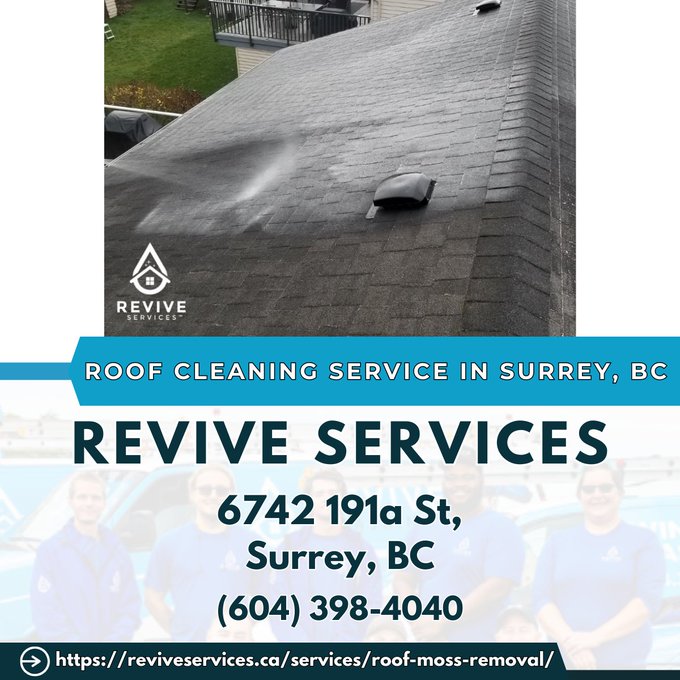Introduction
Moss can be a charming addition to gardens and landscapes, but when it invades your roof, it can pose serious problems. It not only detracts from the aesthetic appeal of your home but can also lead to structural damage over time. Many homeowners are left wondering, what kills moss permanently without chemicals? The good news is that there are several effective methods to remove moss naturally without resorting to harsh chemicals. This article will delve into various techniques, tips, and tricks for effectively eliminating moss from your roof while preserving its integrity.
What Kills Moss Permanently Without Chemicals?
When it comes to killing moss without chemicals, the key lies in understanding its biology and the environmental factors that contribute to its growth. Moss thrives in damp, shaded areas with poor drainage. By addressing these conditions and using natural methods, you can effectively eliminate moss and prevent its return.
1. Understanding Moss Growth Patterns
Moss typically flourishes in environments where moisture levels are high and sunlight is limited. This is often the case on roofs that have inadequate ventilation or are shaded by trees. In this section, we'll explore why moss grows and how adjusting your environment can deter it.
1.1 The Ideal Conditions for Moss
- High humidity Poor sunlight exposure Accumulation of debris (like leaves)
By eliminating these conditions, you can significantly reduce the chances of moss taking hold on your roof.
2. Preventive Measures: Stopping Moss Before It Starts
Prevention is always better than cure! Here are some steps you can take to discourage moss from growing in the first place:
2.1 Trim Overhanging Branches
By trimming trees or shrubs that cast shade on your roof, you increase sunlight exposure—making it less hospitable for moss growth.
2.2 Improve Roof Drainage
Ensure gutters are clear and functioning properly to prevent water pooling on your roof.
3. Natural Remedies for Killing Moss
There are several natural substances that can effectively kill moss without harming your roof or the surrounding environment.
3.1 Vinegar Solution
Vinegar is a common household item that can be used as a powerful moss killer due to its acetic acid content.
" width="560" height="315" frameborder="0" allowfullscreen>
How to Use:
- Mix equal parts of vinegar and water. Spray this solution directly onto the affected areas. Allow it to sit for about 20 minutes before rinsing with water.
3.2 Baking Soda Treatment
Another effective method involves using baking soda—a safe option that's easy to apply.
How to Use:
- Dissolve 1 cup of baking soda in 2 cups of water. Apply this mixture directly onto the moss. Rinse thoroughly after a few hours.
3.3 Salt Water Solution
Salt is an excellent natural herbicide that can also tackle stubborn moss problems.
How to Use:
- Mix 3 cups of salt with 5 gallons of water. Spray this solution on the affected area during dry weather.
4. Physical Removal Techniques
Sometimes, physical removal may be necessary alongside natural treatments.
4.1 Manual Scrubbing
Using a stiff-bristled broom or brush, you can physically scrub away visible patches of moss from your roof shingles carefully.
Important Tips:
- Always work from the top down. Avoid damaging shingles by being gentle during scrubbing.
4.2 Sweeping Away Debris Regularly
Regular maintenance is crucial in preventing new growths of moss by keeping surfaces clean and debris-free.
5. When Is the Best Time to Remove Moss?
Timing can be everything when dealing with pesky moss!
5.1 Seasonal Considerations for Roof Cleaning
The best time to remove moss from your roof is typically during dry periods—spring or late summer are ideal times as they offer milder weather conditions conducive for cleaning without risk of further eliminate moss on roof moisture build-up post-treatment.
FAQs
6. Is Roof Cleaning a Good Idea?
Absolutely! Regularly cleaning your roof helps maintain its integrity while preventing issues like mold growth and structural damage caused by accumulated debris or pests.
7. What Is Roof Cleaning Called?
Roof cleaning is often referred to as "roof maintenance" or "roof restoration," which encompasses various methods aimed at removing dirt, algae, lichen, and moss buildup.
8. How Often Should You Clean Your House Roof?
It's advisable to clean your house roof every two years or sooner if you notice significant buildup of organic material like leaves or algae stains.
9. Is It Worth Removing Moss From a Roof?
roof and gutter cleaningYes! Removing moss not only enhances curb appeal but also helps prolong the lifespan of roofing materials by preventing decay caused by moisture retention under layers of growth.
10. What Happens If You Leave Moss On Your Roof?
Leaving moss untreated allows it to spread; it traps moisture against shingles leading potentially costly repairs due to leaks or structural decay later down the line.
Conclusion
In conclusion, tackling a moss problem doesn’t have to involve harsh chemicals that could harm both your health and property value! By understanding what kills moss permanently without chemicals—whether through preventive measures or natural remedies—you’re well-equipped for maintaining a healthy home environment while preserving its aesthetic appeal as well! Keeping up with regular maintenance routines will save time and resources in the long run too!
As we’ve gone over today’s discussion surrounding what kills moss permanently without chemicals, remember there’s no one-size-fits-all approach—and sometimes it may take trial-and-error before finding what works best for you personally based on local climate conditions influencing those pesky little green invaders!

